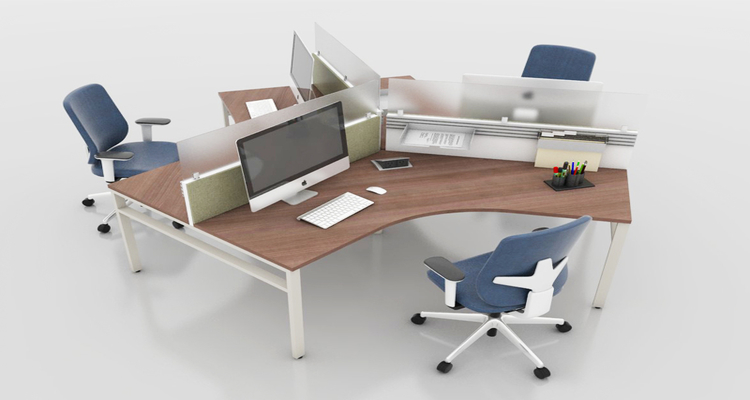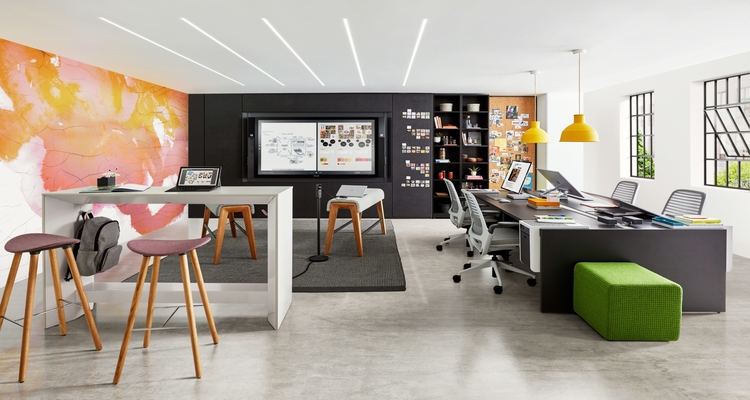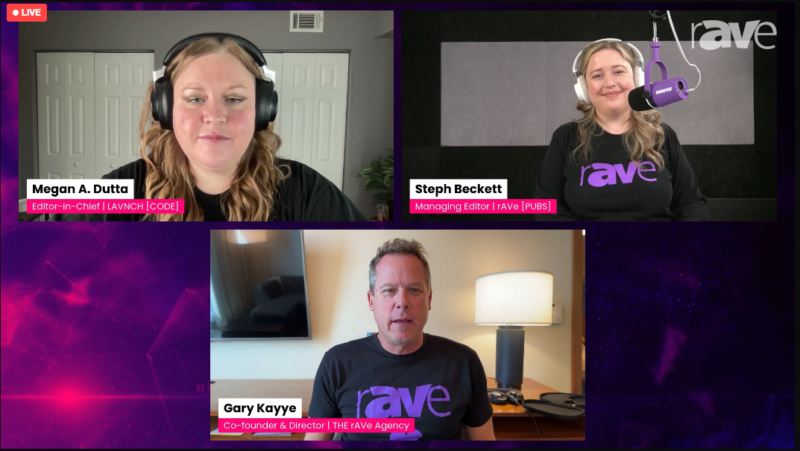Is the Huddle Space Dead?
Today, a friend of mine named Kyle Davis @ mentioned me on Twitter to get my thoughts on the future of the huddle space. I responded with this tweet:
I have to do a blog- short answer- the huddle room we knew it will not be as prevalent and will change. The reasons? Blog to follow.
— Mark Coxon CTS-D CTS-I (@AVPhenom) May 10, 2021
This IS that blog.
There’s a lot of chatter about the office; if people will go back, and when they do, What will the new office will look like?
Well, I believe that people will go back to working in the office at least part-time, and the new office will indeed be somewhat different. I also believe there will be a range of reactions to working in the same space. Old habits die hard, and those who suffered little impact from COVID may be very willing to just resume the old method of working. Others who lost relatives, fell severely ill or have more risk factors may understandably be more cautious. In either case, this means change for the office and for huddle spaces as we know them.
The 100-square-foot room that seats four to six people around a small table and display will no longer be the norm. Some of you may think, “But Mark, the open office isn’t conducive to this and is why these rooms were created in the first place.” You’re right! However, the office will no longer be as open or as dense. Hybrid work and flexible office hours are here to stay and the new office will reflect that.
Even though in-office staff may be reduced, real estate footprints won’t be reduced proportionately. A company with 50% of its staff working remotely will likely only reduce space by 25-33%. Open plans won’t be seated as densely. Benching will be minimized and desks will be separated, no longer arranged in 90-degree angles. 120-degree workstations are increasing in popularity, meaning 3 workstations take the place of four. Partitions are also getting higher again, reducing sound transmission. Taking calls from your workstation will be easier and better than it was in the old open office.

The 100-square-foot rooms previously built for huddle spaces will likely become single offices, studios or single-person meeting rooms for remote meetings.
New huddle spaces will be twice as big. They won’t revolve around a single table with a display at the end. They’ll be designed around in-person collaboration on creative projects; activities such as drawings, plans and models that are done more efficiently together based on physical interactions with real objects. There will still be ways to connect remote participants, but they will also benefit from software that goes beyond Teams and Zoom. AR and VR will be a part of these future environments, as well as 360 cameras that are controlled by individual participants to explore the space independently from different points of view. For less creative endeavors, many meetings will move to outdoor spaces, company cafes and open amphitheaters.

At the end of the day, the dense, noisy open office that necessitated the huddle room of the past won’t be as dense and noisy. The huddle room of the past will be too small to occupy in the same way, and it will be repurposed based on company HR policies and employee concerns. New huddle spaces will be built to accomplish more difficult collaborative tasks, and new outdoor and community spaces will foster teamwork and culture building.
That’s my take. I’d love to hear your thoughts in the comments below.





